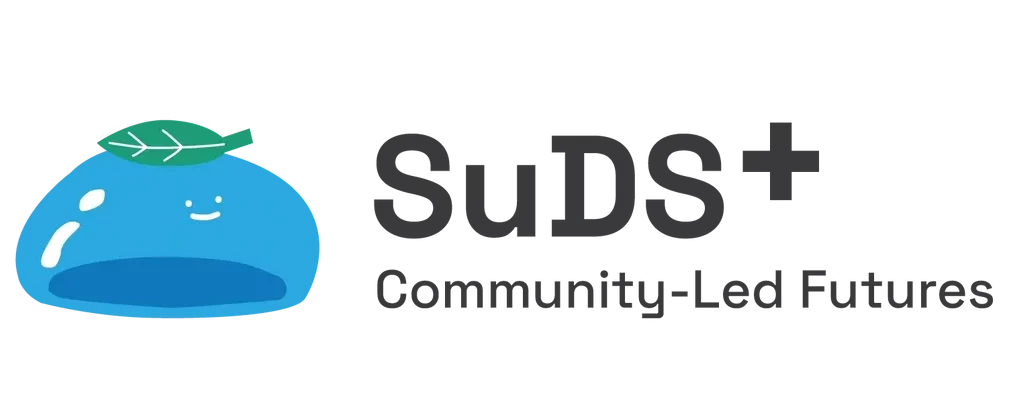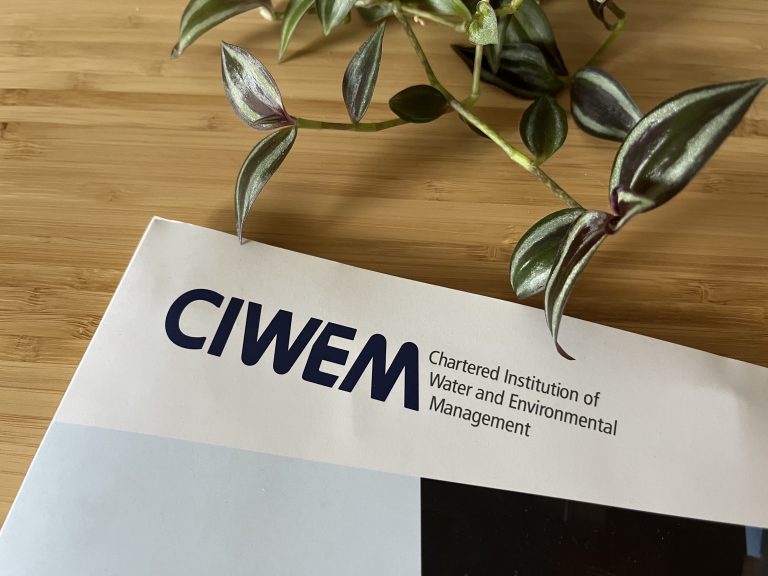Innovation Forum 5: Adoption Models for SuDS
Our final Innovation Forum brought together over 30 participants from across the UK, and even Italy, to explore how Sustainable Drainage Systems (SuDS) can be more effectively implemented and, crucially, adopted.
Caitlin Rogers (Isle Utilities) opened the session with an overview of SuDS+ and the wider Defra-funded FCRIP innovation programme, reminding us that ‘adoption’ should also be seen through the lens communities and not just local authorities.
Learning from lived experience
Stanley’s story provides an important context; it is a former mining town that has suffered from decades of underinvestment, which has limited social infrastructure and ongoing challenges associated with surface water flooding. The SuDS+ project, also based in the Stanley area, involves much more than just water management. Local residents would like to see improvements related to jobs, housing, pride and ownership, and the wider environment. How can we deliver these aspirations alongside SuDS, how can we ensure the benefits are long-lasting, and what governance structures are appropriate to achieve this?
1. Community-led adoption (SuDS+)
Our first speaker, Tamsin Chisnall (ARUP, SuDS+ project), highlighted how adoption will look different from site to site, depending on who uses and lives near the interventions. Stakeholder mapping has been critical in shaping models of community ownership and governance. Tamsin’s talk opened a discussion around the importance of:
- Local champions to drive and sustain involvement.
- Linking adoption to jobs and skills, for example through youth groups or probation service volunteering.
- Recognising the limits of community responsibility and the need for more robust funding routes.


2. Financing for the long-term (Water for Life)
Next, Nicole McNab (Water for Life, Southern Water) shared a large-scale perspective. Her team is tackling storm overflows and sewer pollution through innovative finance models that spread costs across the lifetime of assets. The goal is cost-neutral projects that remain attractive to local authorities, while avoiding a fallback to traditional “grey” infrastructure that adds carbon without community benefit. Nicole also underlined the importance of getting the right design at the outset and planning realistically for maintenance over a 25-year programme.

3. Collaborative infrastructure (SuDS & Streetworks Market)
Finally, Toni Olsen (Greater London Authority, Ofwat innovation project) introduced a new infrastructure mapping application that enables “collaborative street works.” By coordinating utility upgrades with SuDS delivery, the approach reduces disruption, builds public trust, and increases value for money. A proposed SuDS-in-streetworks market could allow companies to competitively bid to deliver interventions, with maintenance fees routed back to local authorities. Standardised schedules, accreditation, and training are all being developed to help scale this approach across London and beyond.

Looking ahead
The three perspectives – community-led, finance/investment, and collaborative infrastructure-driven – show there is no single adoption model for SuDS. Each approach has value, depending on local context and scale. What’s clear is that innovation, partnership, and flexibility will be essential to scaling up the delivery of multi-benefit SuDS.
For more information on past forums, visit Stanley SuDS Innovation Forum.
Slides from this forum can also be viewed below



